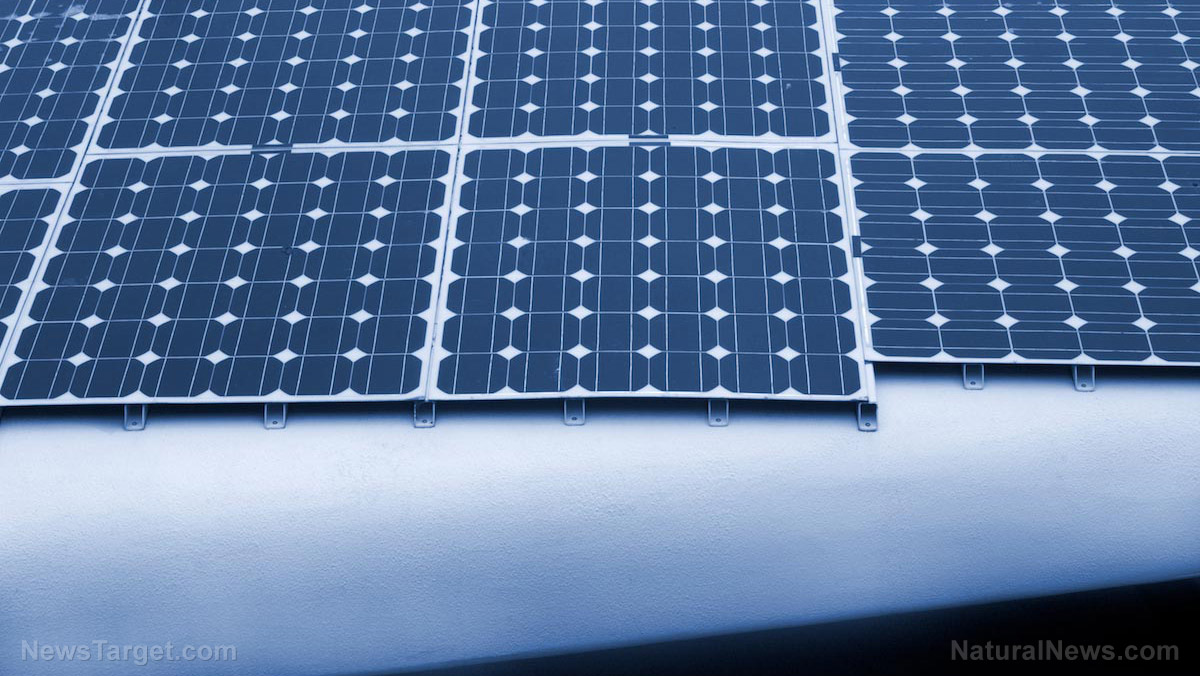Will energy storage technology ever be perfected? As the search for the answer to that question continues, one engineer appears to have found a solution to creating longer lasting battery packs that are also cheap to produce. This is made possible by relying on a new technology called a bilevel equalizer, which is the first hybrid that combines the high performance of active equalizers with the low cost of passive equalizers. This technology is said to be suitable for use in the likes of electric cars, grid stations, planes, and even satellites.
Prior to the creation of this bilevel equalizer, battery makers used to rely on known methods of balancing the cell voltages in larger battery packs through the use of either passive circuits, which tend to lose more energy, or active circuits, which are about 10 times more expensive. It was clear that neither of these two methods were sustainable in the long run, and so the hybrid bilevel equalizer serves to bridge the gap between them and allow for the creation of much more efficient and cost-effective battery packs. (Related: Old chemistry may be the secret to new batteries for storing renewable energy.)
According to Dr. Ngalula Mubenga, an assistant professor of electrical engineering technology at the University of Toledo (UT), her findings with the bilevel equalizer changes everything that is currently known about standard battery storage technology. “It’s a game changer because we solved the weak cell issue in lithium ion battery storage for packs with hundreds of cells,” she explained. “Whenever we are talking about batteries, we are talking about cells connected in a series. Over time, the battery is not balanced and limited by the weakest cell in the battery.”
She also added that despite their significant losses, passive equalizers found widespread use due to their relative simplicity and low cost. In other words, she knew the value of the existing systems, and instead of throwing them away entirely, she chose instead to incorporate their best strengths to come up with a new, better-performing system. In the case of her bilevel equalizer technology, the cells are said to be grouped into sections. And each cell within these sections are balanced by one passive equalizer, while the entire section gets balanced by one active equalizer.
The whole system appears to have been created with an eye for overall efficiency. “If there are 120 cells in a battery, divide the cells into 10 groups of 12. Then you only need nine active equalizer units and 120 passive equalizer units using the bilevel equalizer,” Mubenga said. “With current active equalizers, manufacturers would have to use 120 active equalizers. For manufacturers that can’t afford to use only active equalizers, the bilevel equalizer is the solution to the problem.”
In testing, the bilevel equalizer was said to be capable of increasing the discharge capacity of standard lithium ion batteries by about 30 percent in total. And not only that, but the battery pack lasts much longer as well because the cells in it are balanced. For this reason, the team behind it are looking for ways to implement it in battery packs meant for electric vehicles as well as larger-scale stationary installations. It has a large number of potential applications and it will be up to the researchers to figure out where it truly fits. If they can find the perfect application for it, it could potentially become industry-standard sooner or later. Until then, they will continue to work on its development to further improve it.
Find out more innovations in battery technology at Power.news.
Sources include:
ScienceDaily.com
MDPI.com



















